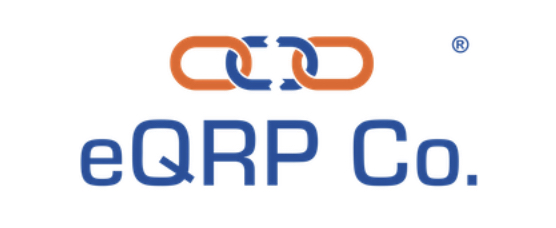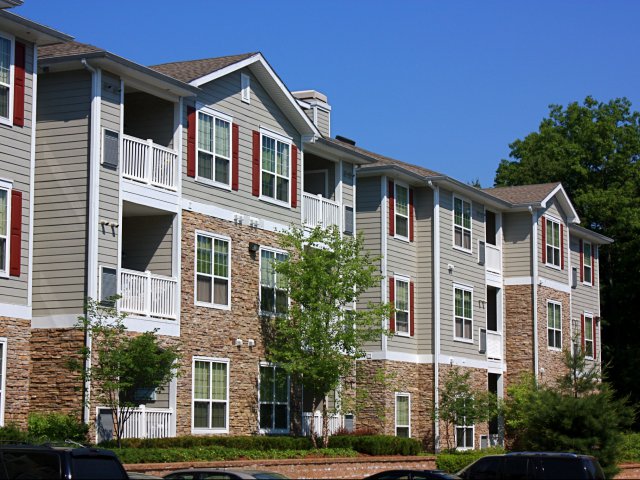As a real estate investor, one should appreciate and desire both appreciation and cash flow, two powerful wealth-building tools of real estate. Often times, in your investing you will notice a trade off between the two and it is wise to identify which takes priority as part of your investment strategy. Appreciation and Cash flow trade offs exist among property classes as well as among broader markets.
For this article, when I refer to appreciation, I am not referring to value-add or forced equity, but appreciation in price based purely on external market forces.
Property Types
Typically, lower class properties, C and D for example, do not have much appreciation upside because of their less desirable location. These areas lack growth from migration for jobs and attractions. In other words, people live here because they have to. Often, these lower-class properties and neighborhoods earn great cash flow, but at the price of more management oversight due to the nature of the property and attention needed to managing tenants. I personally would not recommend investing in C and D-Class neighborhoods unless one has great experience in doing so.
On the other end, there are A and B class properties, characterized by newer construction, more desirable amenities and higher-income earning tenants. Often, if found in desirable A-class neighborhoods, the cash flow will be less than those of lower class, but because of their being in the path to progress and poised for continued growth, there is much more upside appreciation potential.
Market Desirability
Similar to properties, broader markets can be predominantly cash flow markets or appreciation markets. This is not to say that you cannot have either when investing in these places, however, based on the population growth and attractiveness of the specific market there will be more or less of the other.
In high-growth markets such as Dallas and Fort Worth, where there is strong migration, job growth and job diversity, there is much more appreciation potential in real estate assets than a small-town in Louisiana, where only a few thousand live and work. In the latter, any real estate rentals owned here will likely not appreciate very much, but may cash flow very well due to their low-prices.
All things equal, properties and neighborhoods in high-growth markets tend to appreciate better than those in lower-population stable or negative growth markets, which may cash flow more due to their lower prices. Look around and you will find investors whose expertise reside in both investment strategies.
The Ideal Balance
Ideally, to have cash flow and appreciation is most desirable, and to invest in markets with growing populations best protects your investment from vacancy risks and declines in demand. Of course, investing for appreciation only, not generating any sort of cash flow or income, is risky and speculative.
My company, Robinson Capital, invests in assets in growing markets and that generate cash flow on day one, but show much appreciation potential due to market demand as well as operational value add opportunities(growing the property’s value by increasing net income from operations).
Sign Up For Our Newsletter 👇🏾
Subscribe to My Channel 👇🏾

💡Invest Your Retirement w/ eQRP
– I Rolled My 401k Into eQRP to Passively Invest In Apartments

